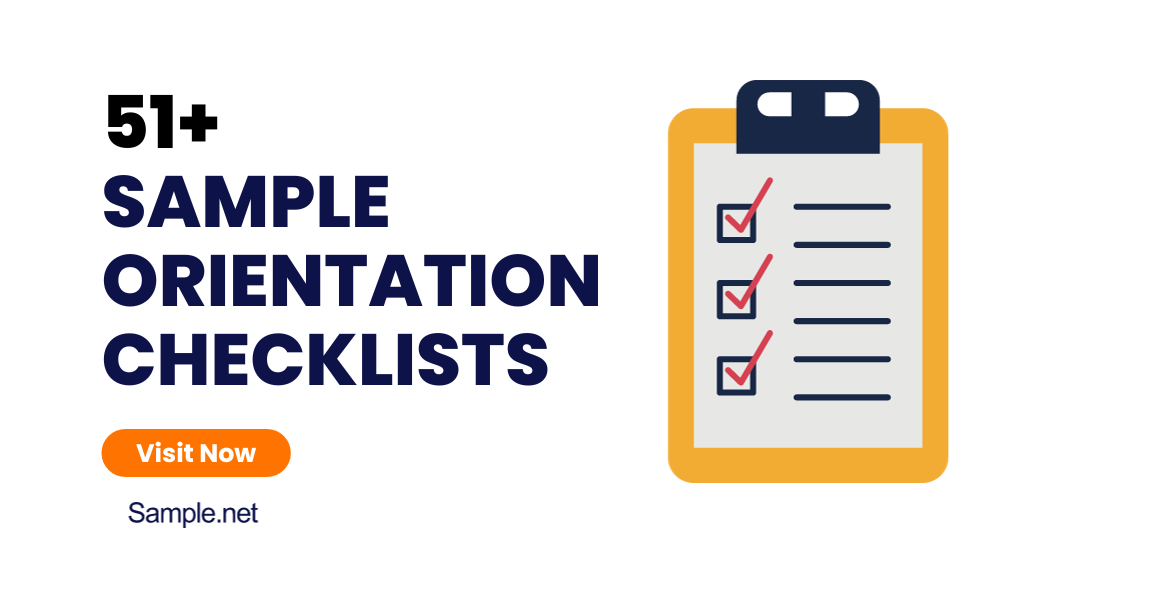These days, it seems like people are more devoted to investing their money on the latest smartphone or on a week's vacation to Bali as supposed to something that…
continue reading
22+ Sample Employee File Checklists
-
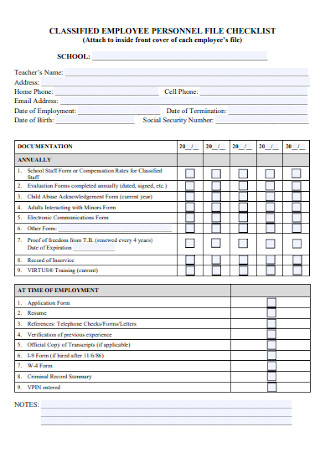
Employee Personal File Checklist
download now -
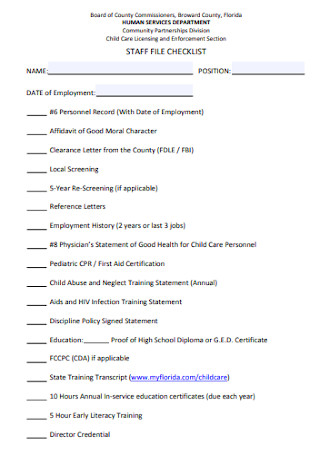
Staff File Checklist Template
download now -
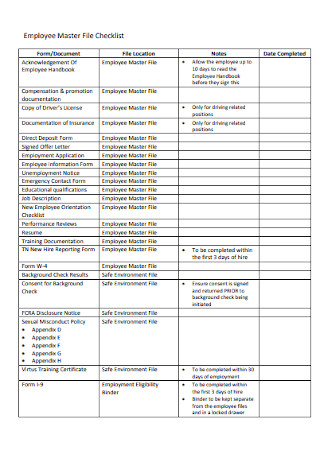
Employee Master File Checklist
download now -
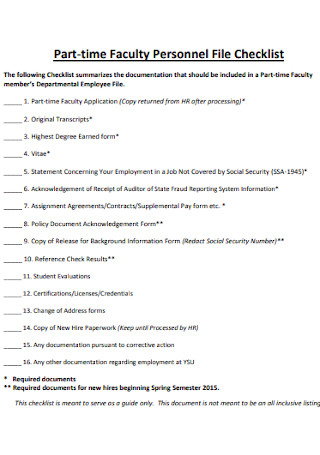
Part-time Faculty Personnel File Checklist
download now -
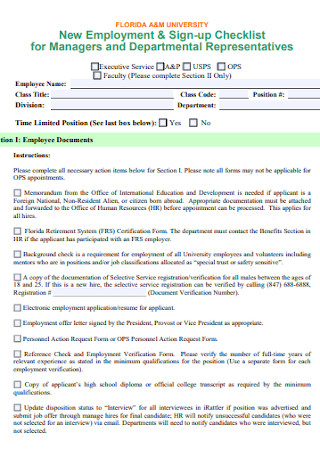
New Employment and Sign-up Checklist
download now -
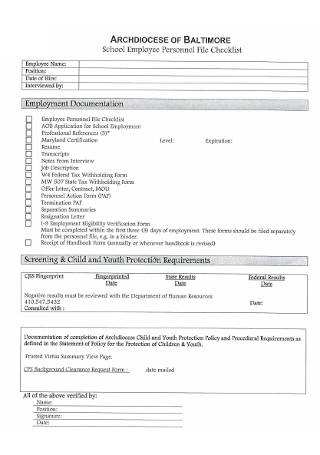
School Employee File Checklist
download now -
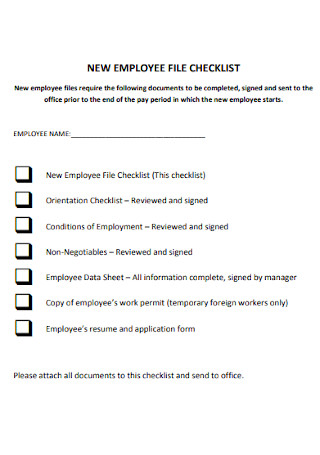
Sample Employee File Checklist
download now -
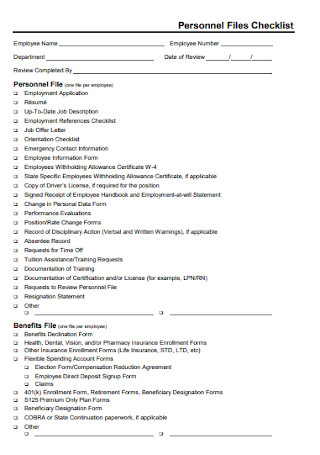
Employee Personnel Files Checklist
download now -
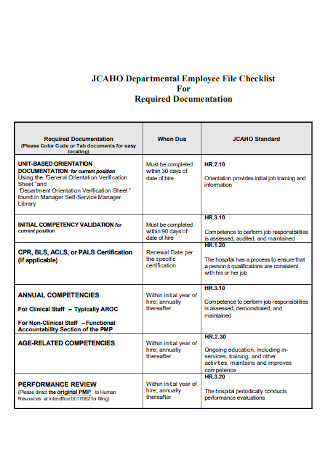
Departmental Employee File Checklist
download now -
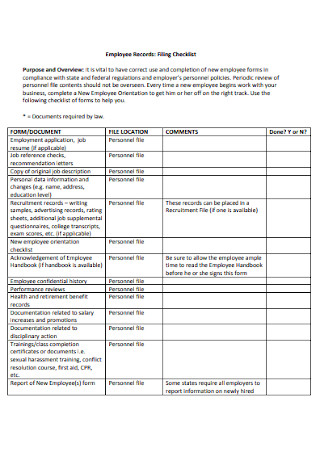
Employee Records Filing Checklist
download now -

Employee File Checklist Format
download now -
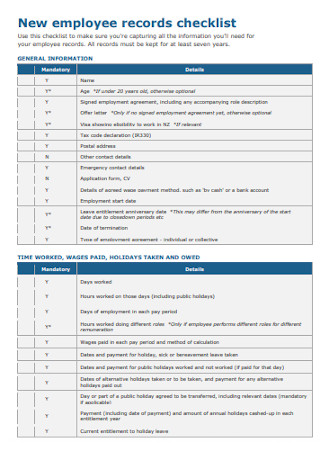
Employee File Record Checklist
download now -
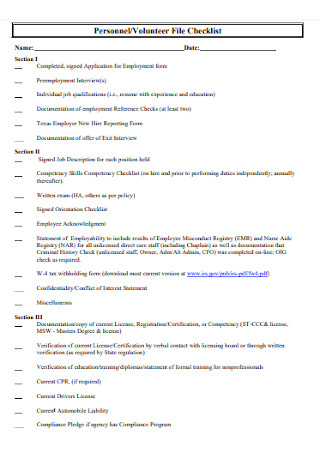
Volunteer File Checklist Template
download now -
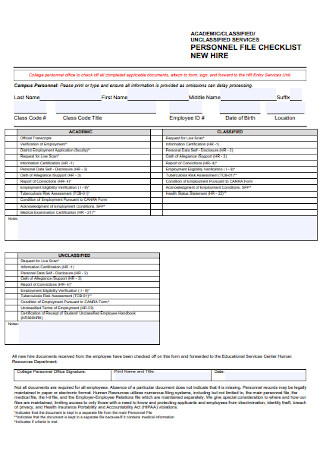
Employee Hire File Checklist
download now -
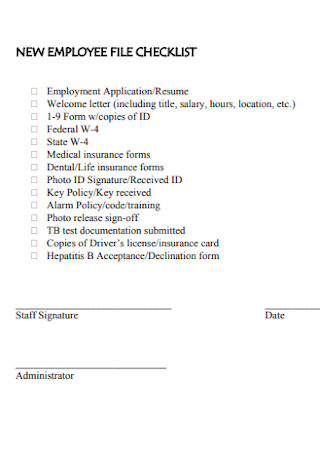
New Employee File Checklist Template
download now -
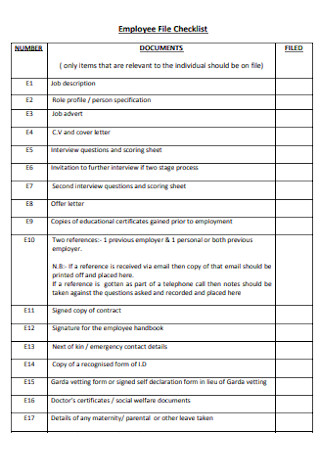
Simple Employee File Checklist
download now -
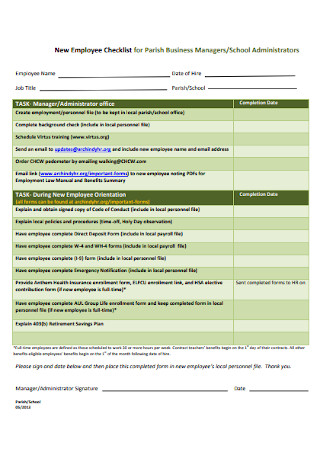
New Employee Checklist for School
download now -
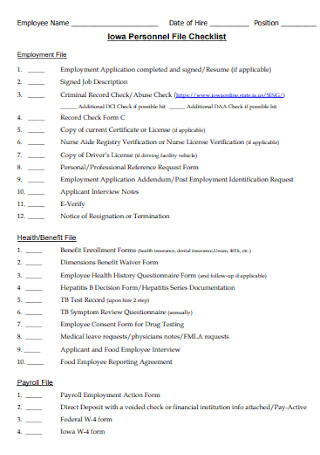
Standard Employee File Checklist
download now -
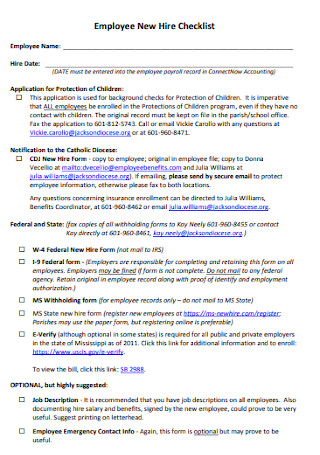
Employee New Hire Checklist Example
download now -

Volunteer Employee File Checklist
download now -
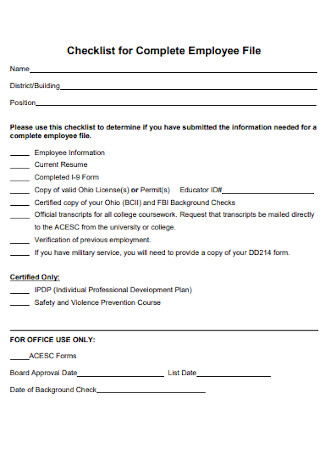
Checklist for Complete Employee File
download now -
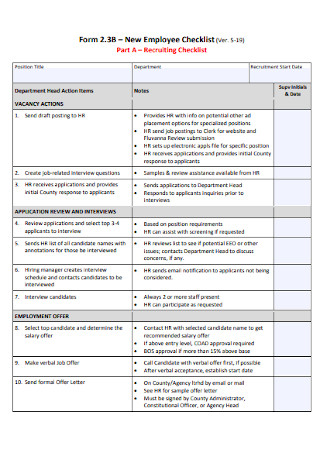
Employee Recruiting Checklist
download now -
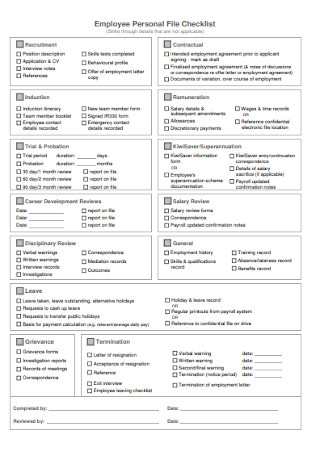
Employee Personal File Checklist Format
download now
What Is an Employee File Checklist?
First of all, an employee file, whether in a paper or digital folder, refers to the documents related to employees. Documents would include their job application forms, resumes, compensation details, appraisals, payroll statements, and more. Meanwhile, an employee file checklist is an official checklist used to collect, manage, and organize such personnel files. So down from identifying the required employment files to managing such documents for safekeeping, employee file checklists make sure you won’t forget or fail in completing the necessary requirements and tasks.
According to Small Business Trends, small businesses cover 99.9% of American businesses and employ at least 47.1% of American workers.
Why Are Employee File Checklists Important?
Since employee files cover significant information about an employee’s work history, job promotion letters, raises, disciplinary actions, and more, it only makes sense that they are mandatory in certain states. Thus, keeping such records is important to every business, particularly when an angry employee decides to file a lawsuit against the company, and reviewing such documents would be required. In the case of employee file checklists, they are paramount to manage personnel documents in the most convenient way possible. In fact, you only need to follow what is instructed in the checklist.
With an employee file checklist, you won’t forget every single document to collect and keep safely. That is because the checklist would list all the essential personnel files per employee. Also, you can add notes to know how to classify all documents or identify where the files are kept. And if you do not want to collect thousands of employee forms and related paperwork piled up in a cabinet, electronic folders are welcome too. You can make a separate file folder checklist specifically for digital files. Thus, you can save space in your business office.
What Are the Different Employee Files to Keep?
You already know that an employee file checklist enlists every significant personnel document. But what exactly are they? First of all, businesses may have varying priorities on what is needed to keep in their records. But generally, the different employee files worth keeping would be the following:
How to Make an Effective Employee File Checklist
Any type of list or checklist is simple to use. You only put checkmarks on each item you finished or accomplished. But it is through the process of creating the checklist that the challenge ensues. You have to make sure you covered enough data and that the information is well-organized and easy to follow in the document. And since you already learned about the employee file checklist’s definition and inclusions, apply what you learned to the next level by learning how to create an effective employee file checklist with these steps:
Step 1: Gather All Employee-Related Documents and Segregate Them
For your convenience, it helps to grab all the employee-related documents you have so you won’t have to run back and forth searching for each document later on. So if you have all documents in one room or gather digital files in one source, you can find each file easily. Next, segregate them according to their common element. An example is to divide data according to new hire employees, old employees, or previous workers. Or perhaps, you divide files based on their common job where you group together files related to construction, another for sales, etc. And remember that even if a business is small, they are still enormous as there can still be tons of employees and documents to deal with. In fact, small businesses cover over 99.9% of US businesses and employ around 47.1% of American employees.
Step 2: Save a Sample Employee File Checklist
Since you already have your resources prepared, do not forget to find a sample employee file checklist and save your preferred template. The sample template becomes your worksheet to build an employee file checklist without needing to start from scratch. You can even download, edit, and print such samples whenever you want, making it a lot easier to craft checklists in no time. And if you wish to search for more checklists like a new employee orientation checklist and more templates in general, Template.net has got you covered.
Step 3: Divide the Enlisted Files to Collect into Categories
Each sample gives you detailed notes on what specific files to collect and keep from all employees. But you can also divide them according to categories for a much easier experience. For example, your checklist can have one column to classify employment history, and it would consist of the job application, job offer, employee onboarding verification, references, etc. Another column or category would be the employee performance development that would list down the attendance logs, employee appraisals, performance improvement plans, and more. And you continue the rest of those categories rather than making a master list of the employee files only.
Step 4: Add a Corresponding Checkbox to Each Item
Of course, any checklist would not be complete without the checkboxes. Since your checklist basically lists down every personnel file per item, there should be a corresponding checkbox to every item as well. And using the employee file checklist is too easy to work with since you merely mark the checkbox whose item beside it is already collected or managed. You could even insert another column specifically for notes. Just log what other details you want to add to complete your checklist.
Step 5: Arrange the Data and Format of the Checklist
Hard-to-follow checklists won’t help you at all. So be sure to come up with a proper arrangement for the checklist’s data and format. An example is to be straightforward, meaning complete sentences are unnecessary in listing every employee file. Just use tables, organizational charts, and graphs to enumerate the personnel documents needed, perhaps. Finalize how you want the checklist should look like for the output as well, may it be printed or not.
Step 6: Update the Employee File Checklist Regularly
Once you are confident with the checklist’s outcome, produce it. But your job isn’t over yet because you still need to observe constant updates to the checklist. When you check if all employee files are complete and secure, for example, then put checkmarks to all checkboxes in the list. Also, do not just monitor your personnel files once. You could do it monthly to really assess if any document is missing or not. More so, you might need to add new requirements to the checklist if necessary. Now, you are prepared to show any document about the employees when required.
FAQs
What are the advantages of keeping employee files?
A business that continues to keep employee files would experience these advantages:
- To comply with the local, state, or federal labor laws
- To have personnel documents prepared during an audit
- To bring evidence in court when an employee complains
- To have access to all the necessary employee files from onboarding to offboarding
- To automate and handle employee data in the most efficient approach possible
What are the common categories of an employee file checklist?
Dividing the enlisted files into categories was discussed in step three earlier. So if you need ideas on what the common categories of the employee file checklist are, these are the basic employee information, employment history, employee performance development, legal documentation, and employee termination records.
What should you not include in the employee file checklist?
Since you have already learned the necessary inclusions to an employee file checklist, what you should not include there are the pre-employment records (except the job application), medical information, driver’s licenses, bank accounts, immigration letters, and other private data.
Successful businesses aren’t just measured by how much they earn but also by how much they value each employee’s professional and personal data. And you can showcase how much you care about your employees’ files when you keep their files as safe as possible. If you don’t work on it early, then expect a strenuous and stressful experience in compiling all business documents when it is already needed someday. Thankfully, personnel files are easily managed with printable employee file checklists as your guide. Download now!

